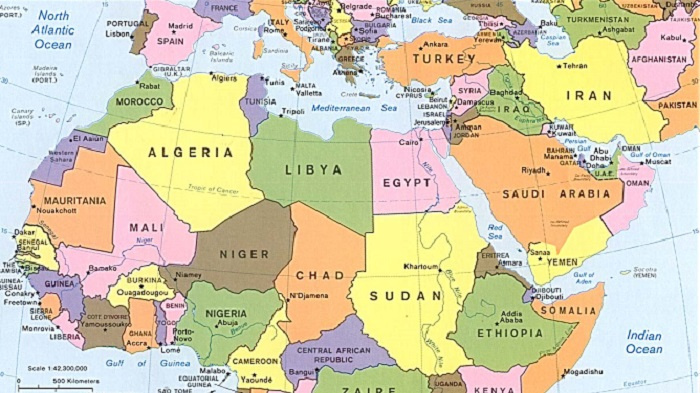A Recipe for Saving the Nuclear Deal

Just like Obama who would remove every single nut and bolt of Iran’s nuclear program if he could, Tehran would not have accepted the nuclear deal if it could stand the sanctions with its sociopolitical capacities untouched, in terms of national solidarity, social and political capabilities, international and domestic pressure and tension.
The recent IAEA report indicates Iran’s resolve to keep the deal. I have written before that the JCPOA showed the system was working and I write again that Iran should strive for keeping it, without leaving itself empty-handed vis-à-vis Trump. The continued use of this strategy requires the acceptance of two principles: a) not to let Europe move towards Trump’s stance, and b) not to accept any amendment or unilateral interpretation by other countries, particularly the United States. Iran should assure foreign sides, including France, that the future is replete with opportunities for continued cooperation on trust-building but now it is no time to give Trump an excuse.
The recent IAEA report is the eighth since the implementation of JCPOA and the third since Trump took office, coming after US Ambassador to the UN Nikki Haley’s Vienna visit. The IAEA does not want to be US’ puppet and Europe, China, and Russia do not want to be blind followers of the US. This is a positive development per se in terms of specialized organizations’ independence, a prelude for impartiality in international relations—and we should help it.
Both Russians, our influential neighbors, and Europeans approved the agreement between Iran and the US to reduce international tension and work on issues caused by the Arab Spring because if they did not, they had enough means inside and outside Iran to change the game. Even during the talks, some Iranian and foreign analysts considered restricting the P5+1 talks to the nuclear issue unproductive, arguing that the US had no reason to resolve Iran’s problems but remain in the Middle East quagmire. It was mentioned mid-talks that the formula would be used in other issues, if the deal worked. It was not taken seriously, because the talks were in political ‘extra-time’ and the US side had an election to care about.
It has become clearer for leaders in the region and the world that US’ presence in Afghanistan and Iraq and its measures in Syria has brought nothing but a geopolitical mess, which not only delays the region’s development but also destroys the native infrastructure. The US still seeks to deploy troops to Afghanistan, which has no use but to escalate the hostilities. Trump does not want to pull out of the deal unilaterally but wants concessions in other areas, including the Middle East.
The key to the region’s problems is to design and implement a sociopolitical development plan in the framework of regional economic cooperation based on use of relative advantages, to improve the lives of people in each country. Such a plan can be implemented in the post-ISIS era. All sides would join but the US potentials in every interested country and regional or international institution should be used while war and violence need to be forgotten.
Such a plan could be Iran’s model for regional behavior, terminate the agonies, attract other countries including Jordan, create a big market for goods and services, jobs for the young, and help circulate wealth in the region. Energy transfer projects, new oil facilities for upstream and downstream products, transfer of infrastructural and developmental experiences could change the face of economy in the region. The first step is to organize and prepare Iran’s bureaucratic system to help, mobilize, and encourage the private sector.

